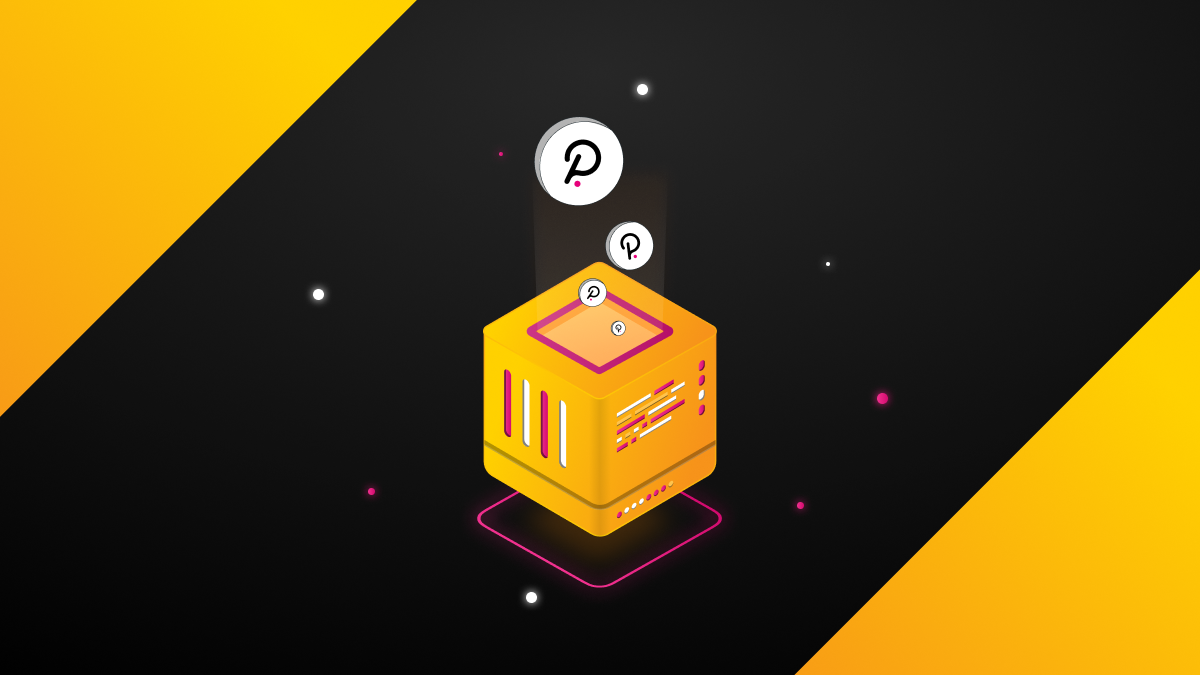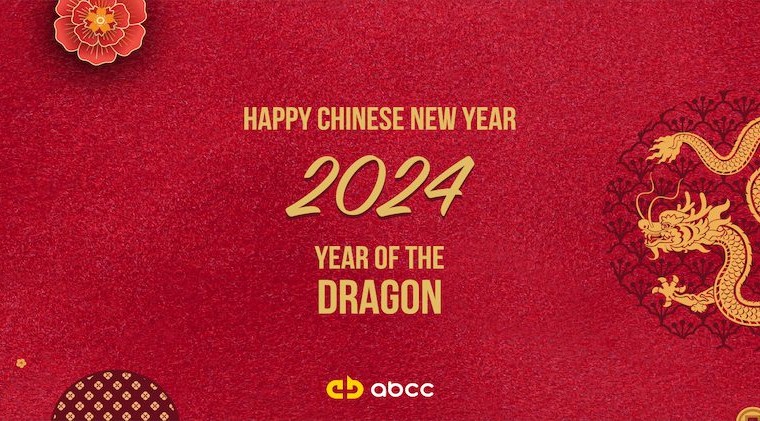


What is Web 3.0?
The wave of NFT facilitates the Web 3.0 movement, while Web 3.0 is not a new concept. In 2006, Web 1.0 developer Jeffrey Zeldman wrote an article about Web 3.0. Web 3.0 is the concept of a new generation network combined with artificial intelligence and blockchain technologies. Before we learn more about the world of Web3, let’s take a look at where it started.
Web 1.0 (1989- 2005) – Browsing
The Internet in the 1990s is called the Web 1.0 era. Web 1.0 is static, only providing limited information on the webpage without much interaction, and the content is also done by a few people. Taking the road as a metaphor, Web1.0 is a one-way traffic.
Web 2.0 (2005- Now) – Browsing and Interacting
Since the mid-2000s, due to technological advancements in HTML5, Javascript and CSS3, Web 2.0 has made the Internet more interactive. Many companies have begun to build interactive platforms, such as: Facebook, Google, Twitter, Amazon, and other platforms have brought the Internet to a whole new level.
Web 3.0 (Now- Future) – Browsing, Interacting and Ownership
Web 3.0 is much more user-centric than any other Internet applications in the past. Web 3.0 is the evolution of Web 2.0, as people are desperately needing a new network of usability, scalability, privacy, and confidentiality.
Web 3.0 is a new generation of the Internet, aiming to become a decentralized virtual world, and striving to be transparent. Everyone has access to the content, protocols and resources.
Web 3.0 and Cryptocurrency
Cryptocurrency is one of the applications of Web 3.0, which usually can be used to secure the network and allocate values generated. As an infrastructure, Web 3.0 projects are probably the most prosperous sector in blockchain tech.
Polkadot (DOT)
Polkadot is a multi-chain network founded by the Web 3 Foundation and its founders are Dr. Gavin Wood, Peter Czaban and Robert Habermeler. It claims to be the next-generation blockchain protocol that can connect all the isolated blockchain networks. Polkadot completed the upgrade of the parachain version on October 13, 2021, and is preparing to launch in the near future.
What makes Polkadot unique?
- Scalability: Polkadot is a 100 parachain that can process transactions on different use cases simultaneously, which solves the low TPS that many blockchain networks suffer from.
- Community based: Polkadot uses an open community governance system. The community can manage the network and the governance system can continue to be improved and upgraded as needs change.
- Interoperability: Polkadot believes that different blockchains are aiming at different use cases, while Polkadot’s aim is to become the infrastructure of all existing blockchain networks, which allows interoperability among different blockchains.
- NPOS (Nominated Proof of Stake) : Polkadot uses a NOPS consensus algorithm that is modified from a POS system.
- Fork-free upgrade: A traditional blockchain such as Bitcoin and Ethereum needs to be upgraded through hard fork, which requires a relatively long working time. Polkadot aims to be a flexible network, which means that it can be upgraded without forks, so that the blockchain can easily adapt to changes.
Trade Polkadot (DOT) Now
Ocean (OCEAN)
Ocean Protocol is a blockchain ecosystem. It was established in 2017 by experienced entrepreneurs and consultants, mostly experts in blockchain, big data, business and artificial intelligence.
Ocean Protocol is on Ethereum, and Ocean datatoken is an ERC20 token. Through Ocean Protocol, publishers can monetize their data, allowing consumers to access data sets that were previously difficult to find, and these data sets can be bought and sold on the platform.
OCEAN is an utility token that can be used for staking data and community governance, and it can also be used as the basic unit of data trading and exchange on the Ocean Market. OCEAN provides a variety of tools for constructing Web 3.0 solutions, and also focuses on the concept of sharing data on the decentralized Internet, making the provision and access of data more transparent.
What makes Ocean unique?
Ocean Protocol brings additional revenue to data publishers, and allows researchers, data analysts, and scientists to obtain more reliable data that is usually hard to access. OCEAN tokenholders can participate in the datatoken economy by staking their tokens on Ocean Market’s data set, providing liquidity and earning income.
Filecoin (FIL)
Filecoin is a decentralized storage network, imagining it’s like the file cabinet of Web 3.0, it can be used as a safe alternative of a centralized cloud storage and a way of earning passive income. Filecoin can store any type of data, including videos, pictures, audios or documents. Besides, it also claims to store some sensitive and private information, such as company records.
Unlike centralized cloud storage companies such as Cloudflare or Amazon Cloud, Filecoin aims to store data in a decentralized way and does not rely on trusted third parties to provide the services. Because it is decentralized, it can protect the integrity of data, making files more accessible and censor-free.
Filecoin’s tokenomic aims to capture the values generated from decentralized storage service by providing a reasonable token incentive mechanism.
Helium (HNT)
Helium (HNT) is a network of Internet of Things (IOT) powered by a decentralized blockchain. The main network was launched in July 2019, allowing low-power wireless devices to transmit data and communicate with each other through network nodes. These nodes, or hotspots, combine wireless gateways and mining machines. Users who operate the nodes can mine Helium’s native token, HNT.
What makes Helium unique?
Helium wants to strengthen the communication capabilities of IoT devices. The developer described Helium as a “network for all people” in its official documents. It mainly attracts people who are interested in the IoT and device owners. Interested users can make hotspots or buy hotspots. Each hotspot has a certain range of network coverage, providing hotspots while mining HNT at the same time. The network includes a consensus algorithm based on the HoneyBadger BFT protocol to allow nodes in the network to reach a consensus under highly variable connection quality. Except for HNT, users use Data Credits tokens to pay transaction fees, and Data Credits cannot be traded.
Kusama (KSM)
Kusama is an experimental blockchain platform, calling itself the “Canary Network”, which provides large-scale interoperability and allows developers to have a scalable architecture to use. Kusama was built by the same team of Polkadot, Parity Technologies, which was founded by the co-founder of Ethereum, Dr. Gavin Wood.
Kusama and Polkadot use almost the same code. Deploying projects on Kusama can enjoy a highly scalable and interoperable shardings network, as well as some features that Polkadot does not provide. This platform was originally designed to provide a test network environment for developers who want to innovate and deploy their own blockchain as a test preparation network before launching on Polkadot. As the requirements of a validator are relatively low compared to Polkadot, Kusama becomes a perfect platform for startups to carry out experimental ideas.
What makes Kusama unique?
Kusama is built on a multi-chain and sharding network, using a nominated proof-of-stake (NPoS) consensus algorithm. This system can perform fast on-chain upgrades without a hard fork, and supports cross-chain message-passing (XCMP) which can be used in Kusama and other parachains to communicate.
Kusama network also allows those who own Kusama (KSM) tokens or parachain tokens to vote on governance proposals, including agreement changes, functions and presumed upgrades. In addition, the on-chain governance process is four times faster than Polkadot, allowing projects built on Kusama to advance quickly.
Web 3.0 become a new paradigm?
Experts said that in the best case, it should run together with Web 2.0 rather than completely replace it. Even if the social network and transactions based on blockchain gradually grow, it is unlikely to take away Google, Facebook and Twitter.
The ideal future of Web 3.0
Facebook changed its company name to “Meta” and stated its ambition in building its own metaverse, a virtual world where everyone can interact, work and live in, which pointed out the importance of interoperability, as what people expected of Web 3.0. With this interoperability, users can seamlessly make their accounts compatible among different sites, that is, a single entry.
Although the future of Web 3.0 is still unknown, either way we know for sure that Web 3.0 is meant to improve human life.
Risk Warning:
You should be aware that cryptocurrencies are subject to high price-volatilities. You are solely responsible for determining whether any investment, investment strategy, or related transaction is appropriate for you based on your personal investment objectives, financial circumstances, and risk tolerance. ABCC reserves the right to rescind and terminate our services to users in countries and jurisdictions where relevant laws and regulations apply.
Join Our Community :
Twitter – https://twitter.com/ABCCExOfficial
Instagram – https://www.instagram.com/abccexofficial/
Vkontakte – https://vk.com/abcc_exchange
Reddit – https://www.reddit.com/r/ABCC/
Telegram –
English: https://t.me/ABCCExOfficial_en
Русский: https://t.me/ABCCExOfficial_ru
Việt Nam: https://t.me/ABCCExOfficial_vn
Italy: https://t.me/ABCCExOfficial_it
India: https://t.me/ABCCExOfficial_in
Español: https://t.me/ABCCExOfficial_es
Türkiye: https://t.me/ABCCExOfficial_tr
Portuguese: https://t.me/ABCCExOfficial_pt
中文: https://t.me/ABCCExOfficial_cn


